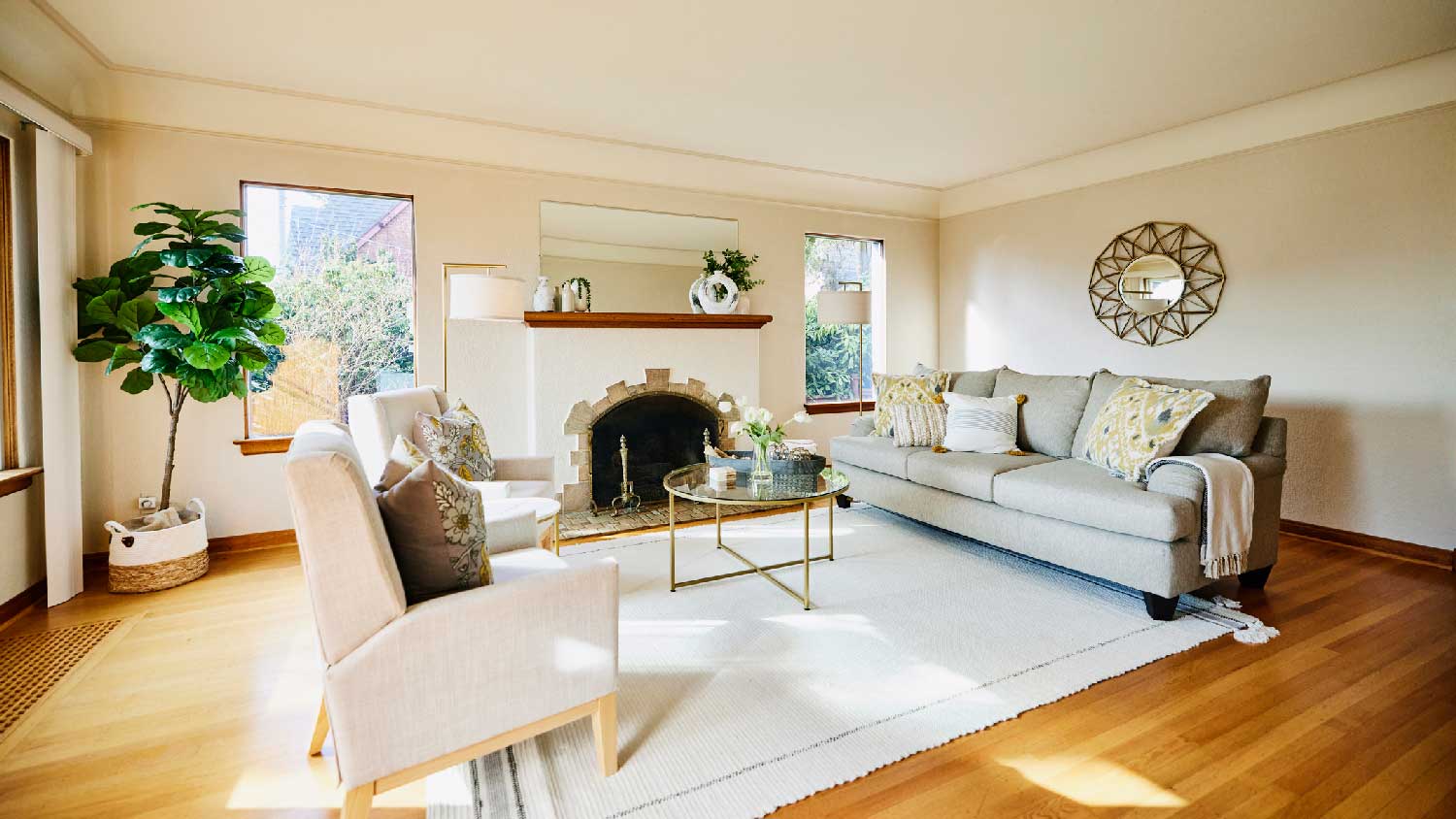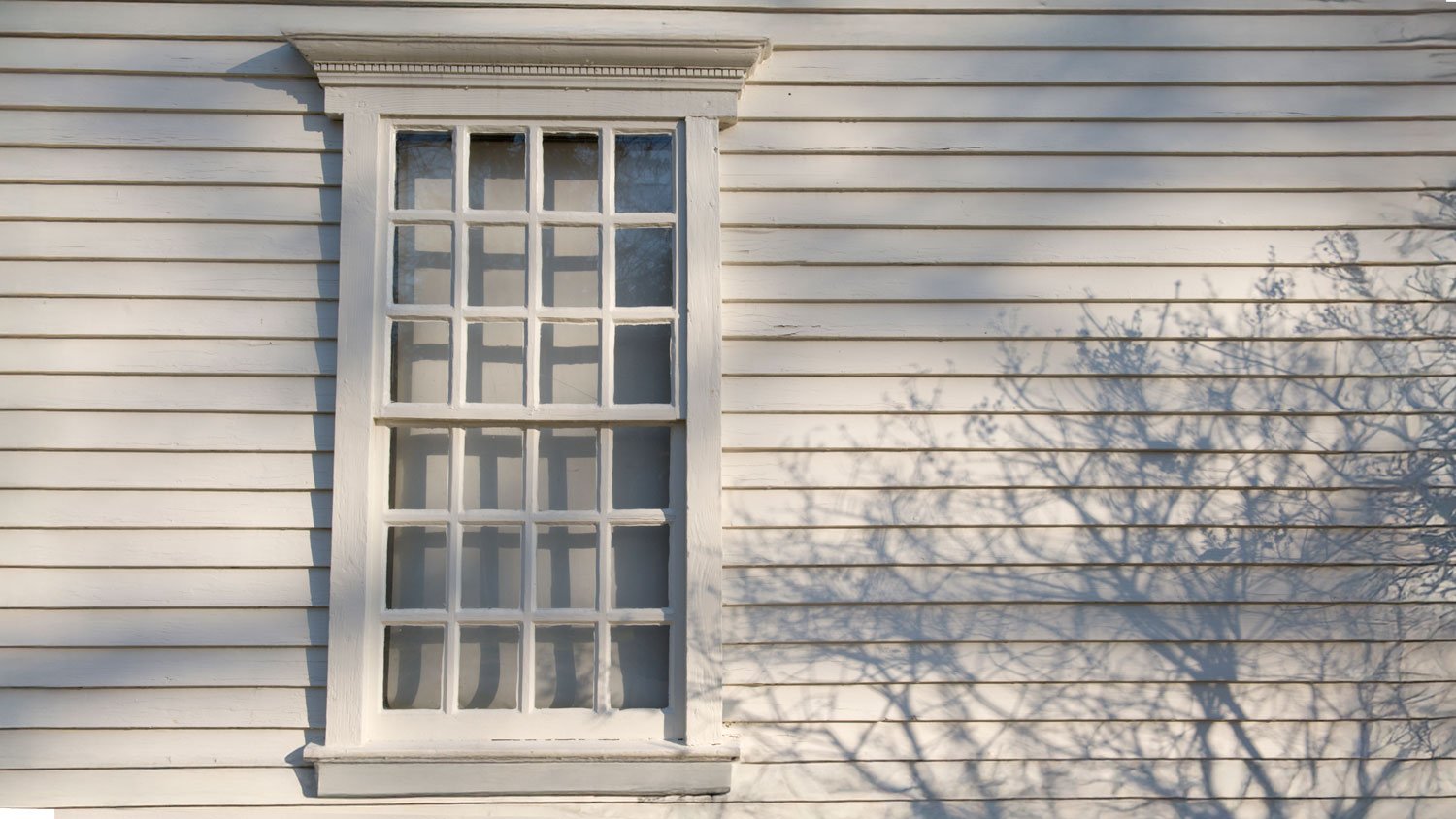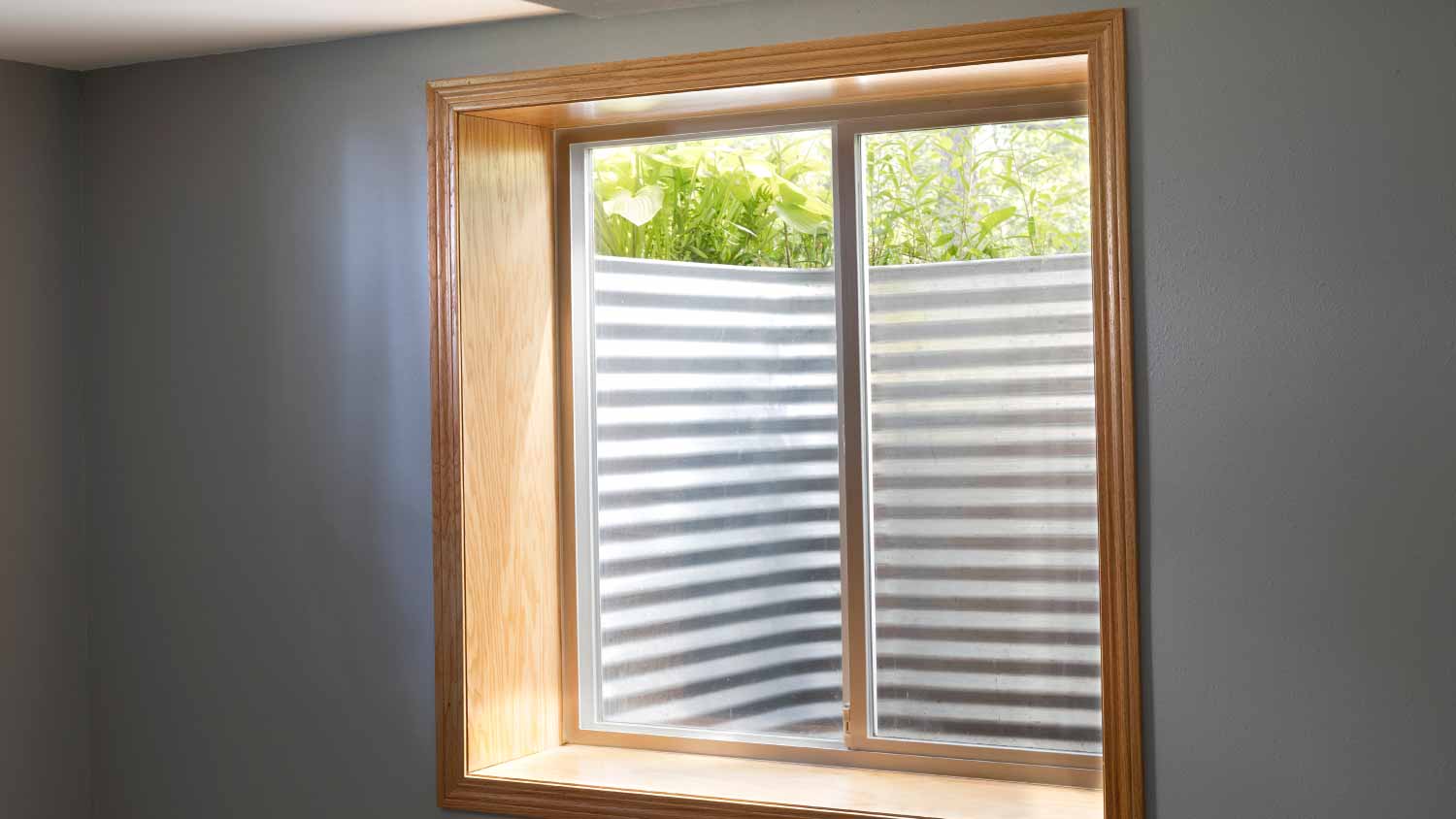Parts of a Window: A Complete Guide
A window is more than just the glass and frame


The many parts of a window make up its unique design.
The frame primarily consists of the head, sill, and jambs.
The sash requires a glass pane (or panes), rails, weatherstripping, and a lift.
A window also requires hardware, such as locks or hinges.
Some windows have extra features, like aluminum cladding or a fixed panel.
When you’re considering replacement windows for your home, understanding each part of a window will help you understand how they will look, function, and blend with the beauty of your home. But when you don’t know your window casings from the aprons or the muntins from the mullions, it can be tricky to make repairs or shop for replacements. By knowing the different parts of a window, you can give your home a refresh with confidence.
Most Common Parts of a Window and How They Work
Before you start measuring for replacement windows or buying tools to make repairs, it’s important to understand the basic parts of a window. You’ll find these parts on most windows, whether it’s a garden window in the kitchen or a bow window in the living room.

Window Frame Parts
The window frame supports the glass window pane or panes. It’s primarily made up of a head, sill, and jamb, but there are a few other parts of a window frame.
Head
The head is the piece that runs horizontally at the top of the glass pane. The head helps support the window but isn’t load-bearing, which is why you’ll find another part, called the lintel, above the head.
Sill and Stool
The window sill is often confused with the window stool. Your window stool is the interior horizontal piece at the bottom of the glass panes where you might put a little potted basil in the kitchen or figurines in a bedroom window for decoration. The sill is a similar part that’s only found outside the window. Keep in mind that replacing the sill costs an average of $400, depending on your window design.
Apron
Beneath the stool is a decorative piece called the apron. It is attached to the wall and helps the window look complete.
Jamb
You have the head on top of the frame, the sill at the bottom, and then you have two pieces running vertically to complete the frame. These two pieces are called jambs.
Jamb Liner
Windows need to fit tightly into their openings, and the panes need to fit snugly into the frame to stop drafts. The jamb liner is a strip that fits inside the window frame so that the sash fits tightly into the frame.
Weep Holes
A weep hole is a small hole found at the bottom of metal or vinyl windows or brick walls. They help prevent moisture from getting trapped in window tracks or behind walls, which can lead to mold and water damage.
Window Sash Parts
A window sash is the interior structure of the window. This includes the glass panes and all the parts that keep the glass in place, plus parts of a window that allow you to open it up for a breath of fresh air.
Pane
The pane, sometimes called glazing, is simply the glass in the window. Some windows may have double- or triple-pane windows with two or three glass panes spaced apart. The benefit here is that the extra panes make the window more insulating and improve soundproofing.
Rail
A window may have multiple rails—horizontal components at the top and bottom of the sash. Double-hung windows will have a rail at the top and bottom of each sash, equating to four total rails.
Lift
The lift does exactly what you’d think—it helps you lift open the window. The lift is a small handle or lip, usually around the bottom of the window.
Spacers
Double- or triple-pane windows need spacers between each pane. The spacers are strips of material, usually plastic, metal, or foam, that go between the panes to improve the seal and insulation.
Screen
Screens are outside the panes and face the exterior of the house. The screen is a mesh panel of fiberglass, metal, or plastic that helps block pests, dust, and debris from getting into your home without compromising your views. You'll find many types of window screens that vary in material, price, and thickness.
Weatherstripping
Weatherstripping is adhesive strips of material that go where the window sash and frame meet. This handy material helps insulate the windows by creating a tighter seal.
Window Hardware Parts
Every window needs hardware. Even if your windows are non-operable, meaning they don’t open, they will include locks for security. If you notice an issue with your window hardware, it’s important to hire a window company near you to replace broken locks to keep your family safe. Some common hardware parts of a window include:
Sash Lock
The sash lock helps secure the sash in place and helps stop your window from rattling. You’ll often find a sash lock on double-hung windows.
Locking Mechanism
The locking mechanism, or simply the lock, helps secure your windows and improve your home security.
Ventilation Stop
Ventilation stops, or vent stops for short, are often located on the upper sash of double-hung windows and prevent the lower sash from moving. This is another feature meant to improve the security of the window.
Balance
The balance is part of a window that is typically spring-loaded and helps counterbalance the weight of the sash when a person opens or closes the window. The balance is located inside the window jambs.
Hinges
Hinges, designed for operable windows like awning or casement windows, attach the window sash to the frame and allow the sash to open inward or outward while remaining stable and balanced.
Operator
The operator is another part of operable window types like casement or awning windows. It’s the handle that allows someone to open up a hinged window sash.
Additional Parts of a Window

Outside of the most common parts of a window, you may also find additional components that can contribute to everything from the support of the window and surrounding wall to the decorative style.
Lintel
The window lintel is the support beam above the head of the window. The lintel’s job is to distribute the load above the window to the walls on each side of the window. This is because a window frame alone is not strong enough to bear the load of the wall above the window. Without a lintel, your entire window could collapse.
Casing
The casing, which goes around the outside of the window frame, pulls double-duty. Not only does it help create a tight seal between the window and the walls of the home, but it also adds decorative appeal.
Grilles
The grilles of a window, sometimes called window pane dividers or muntin bars, are the decorative strips of material in a glass pane.
Mullion
A mullion is a structural piece that runs either horizontally or vertically between two or more windows.
Fixed Panel
A fixed panel is a window pane that remains stationary and doesn’t move or open. For example, a fixed panel is the part of a single-hung window that doesn’t move.
Aluminum Cladding
Aluminum cladding is a thin layer of aluminum that you can place over your exterior window frame. Wood window frames are especially vulnerable to the elements, but you can add aluminum cladding for better protection.
How to Maintain the Different Parts of a Window
Maintaining your windows isn't complicated, but most tasks should be on your monthly to-do list. While windows can last up to 50 years or more, each part of your window could use occasional care to avoid repairs. Here are some tips for maintaining each part of a window.
Clean your window panes weekly with a gentle glass cleaner to remove dirt, soot, and condensation.
Vacuum and wipe down the window track once a month to avoid damage from debris. You can also lubricate the tracks when they are difficult to open.
Remove condensation from window frames immediately after it forms, particularly on wooden frames.
Inspect and (if necessary) replace your weatherstripping each year before the winter months.
Repaint the window frame if there are signs of discoloring or peeling.
Address window cracks, scratches, and dents immediately to avoid further damage.
Remove dust and debris from your window locks and latches.
Inspect your window screens at the start of the spring for tears or a loose connection around the frame.
Replace the caulk around your window frames every five to 10 years.
Cost To DIY Window Part Repair vs. Hiring a Pro
Professional window repairs cost an average of $400, but you'll find quite the price range depending on which parts of the window need attention. Replacing a sash cord can cost as little as $50 while replacing window glass will push the price into the thousands. That being said, you can also do many window repairs on your own for less. Window track repairs, replacing a latch, or replacing the window screen are all DIY-friendly tasks.
We only recommend staying away from DIY window repairs in a few situations. If you need to alter or remove the glass, replace the flashing, or change the major structure of the window itself, it's best to call a local window repair company. Also, always check the warranty on new windows to confirm whether you need to hire a pro for covered repairs.





- In Need of Window Leak Repair? Here’s Who to Call for a Leaking Window
- 7 Common Window Problems and How to Avoid Them
- How Long Do Windows Last and When Should You Replace Your Windows?
- What Is a Window Sash? Everything You Need to Know
- How to Repair a Double-Hung Window That Won’t Stay Up
- Who Do You Call To Fix a Broken Window?
- 6 Tips for Choosing the Right Replacement Windows for Your Home
- What Is a Window Well and What Are They Used For?
- 7 Bright Ideas to Childproof Your Windows
- How Long Does It Take to Replace a Window?










